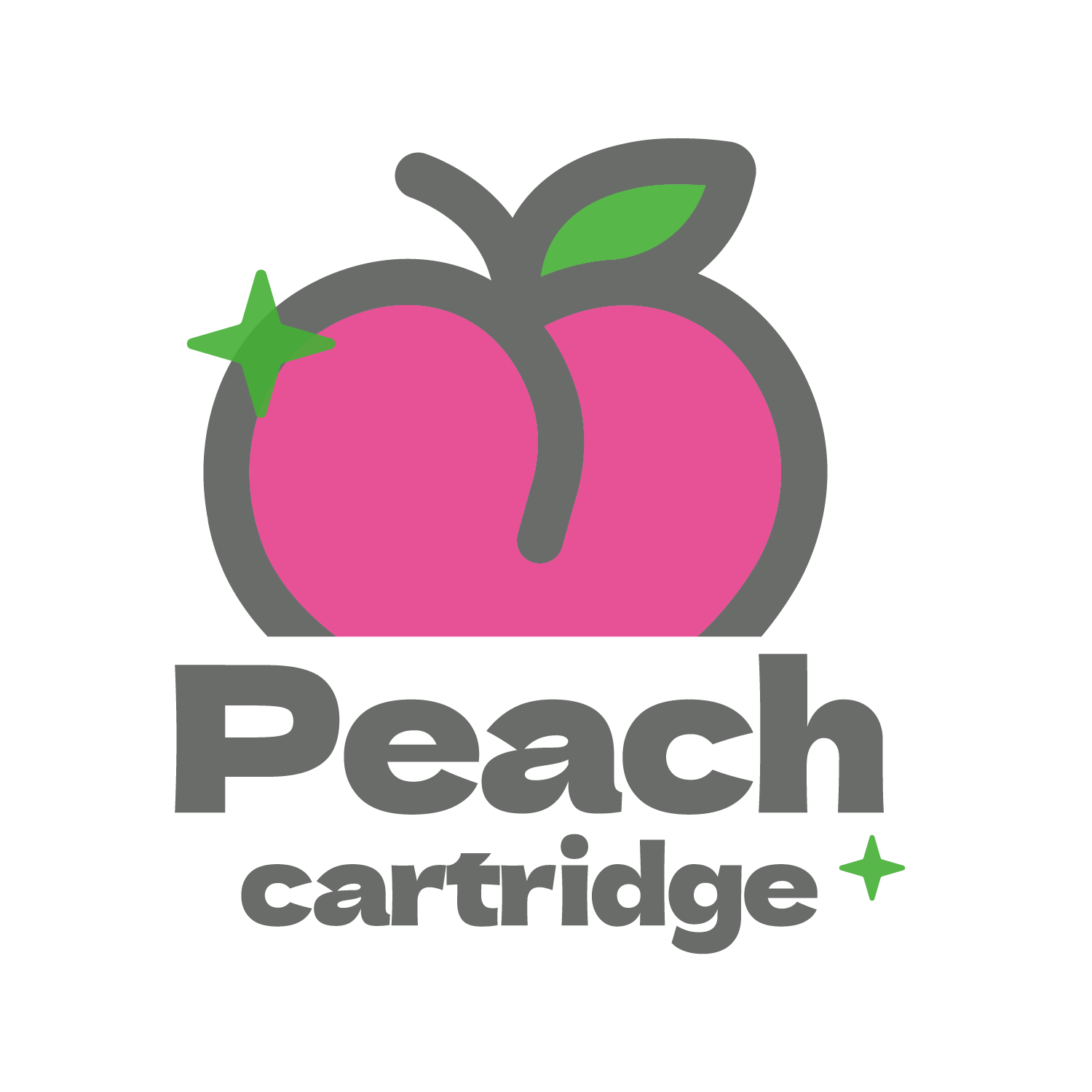A: What Are Cartridge Tattoo Needle?
Cartridge tattoo needle are a modern innovation in the world of tattooing. Unlike traditional tattoo needles, which require manual attachment to the machine, cartridge needles come pre-packaged in a sterile casing that can be easily snapped into place. This design streamlines the process, making it easier for artists to switch between different needle types and configurations quickly and efficiently.
B:Components of a Cartridge Tattoo Needles
The history of cartridge needles dates back to the early 2000s when they were introduced as a more efficient and hygienic alternative to traditional needles. Since then, they have become a staple in professional tattoo studios worldwide.

II: Advantages of Using Cartridge Tattoo Needles
A:Convenience and Ease of Use
Cartridge needles can be easily snapped in and out of the tattoo machine, making the process quicker and more efficient.
B:Faster Needle Changes
With cartridge needles, artists can switch between different needle types and sizes swiftly, allowing for more creativity and flexibility during a tattoo session.
C:Sterilization and Safety
Cartridge needles are pre-sterilized, reducing the risk of contamination and ensuring a safer tattooing environment.
D:Versatility in Designs
The variety of cartridge needles available allows artists to experiment with different styles and techniques, enhancing the overall quality of their work.
III:Disadvantages of Cartridge Tattoo Needles
A:Cost Considerations
Cartridge needles tend to be more expensive than traditional needles, which can be a significant factor for budget-conscious artists.
B:Potential for Incompatibility with Some Machines
Not all tattoo machines are compatible with cartridge needles, so it’s essential to ensure that your machine supports them.
C:Learning Curve for Beginners
For those new to tattooing, there might be a learning curve when transitioning to cartridge needles, requiring some practice to master their use.
IV: How to Choose the Right Cartridge Tattoo Needles
A:Understanding Needle Codes and Configurations
Needle codes and configurations can be confusing at first. Familiarize yourself with the different codes to make informed choices.
B:Matching Needle Type to Tattoo Style
Different needle types are suited to different tattoo styles. For example, round liners are best for detailed line work, while magnum shaders are ideal for large areas of shading.
C:Considering Skin Type and Condition
Skin type and condition can affect how a needle performs. It’s essential to choose a needle that suits the client’s skin to achieve the best results.
V:Maintaining Cartridge Tattoo Needle
A:Cleaning and Sterilization
Although cartridge needles are pre-sterilized, it’s essential to maintain a clean workspace and use fresh gloves and supplies for each client.
B:Proper Storage
Store your needles in a cool, dry place away from direct sunlight to prevent damage and contamination.
C:Knowing When to Replace
Replace needles if they become dull or damaged. Using worn-out needles can cause skin damage and affect the quality of your work.
VI:Common Mistakes to Avoid with Cartridge Tattoo Needle
A:Incorrect Needle Selection
Choose the appropriate needle type for your design to avoid inconsistent results.
B:Poor Machine Setup
Ensure your machine is set up correctly to prevent malfunction during the tattoo session.
C:Inadequate Skin Preparation
Properly prepare the skin to ensure better ink absorption and reduce the risk of infection.
VII:Conclusion
Cartridge tattoo needle have revolutionized the tattoo industry, offering unparalleled convenience, safety, and versatility. Whether you are a seasoned artist or a beginner, understanding the different types of cartridge needles and how to use them can significantly enhance your tattooing skills and outcomes.
Frequently Asked Questions
Cartridge needles are pre-packaged and sterilized, allowing for quick changes and greater hygiene.
Yes, they can be more expensive, but their benefits often justify the cost.
Not all machines are compatible with cartridge needles, so check your machine’s specifications.
Replace needles if they become dull or damaged to maintain the quality of your work.
- “The Tattoo Artist’s Handbook”
- “Modern Tattoo Techniques”



